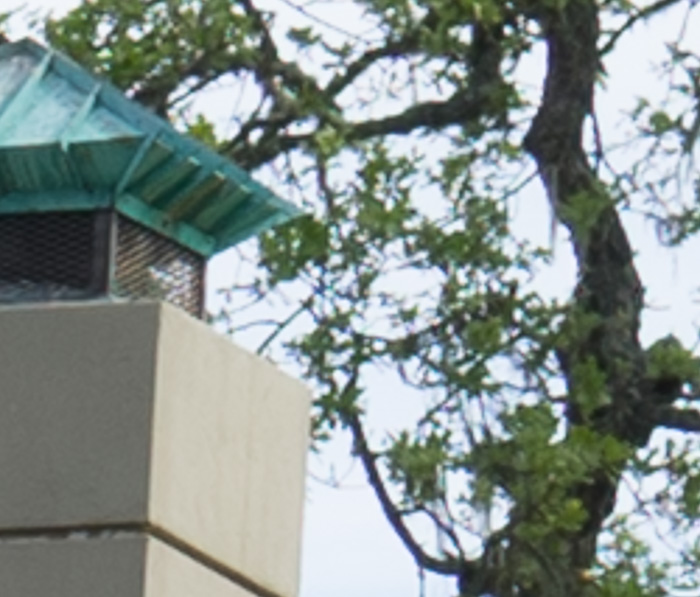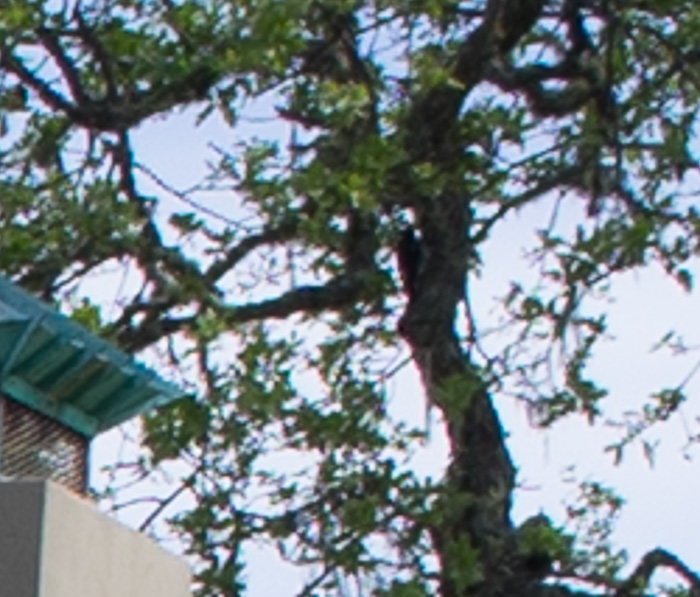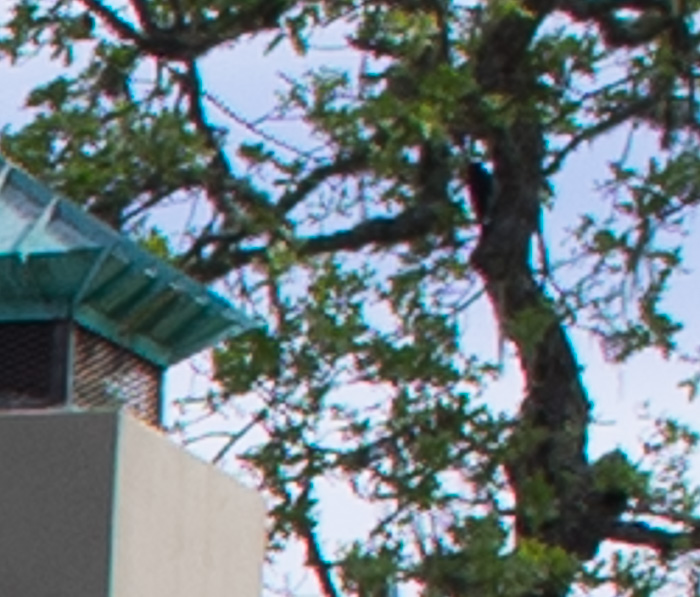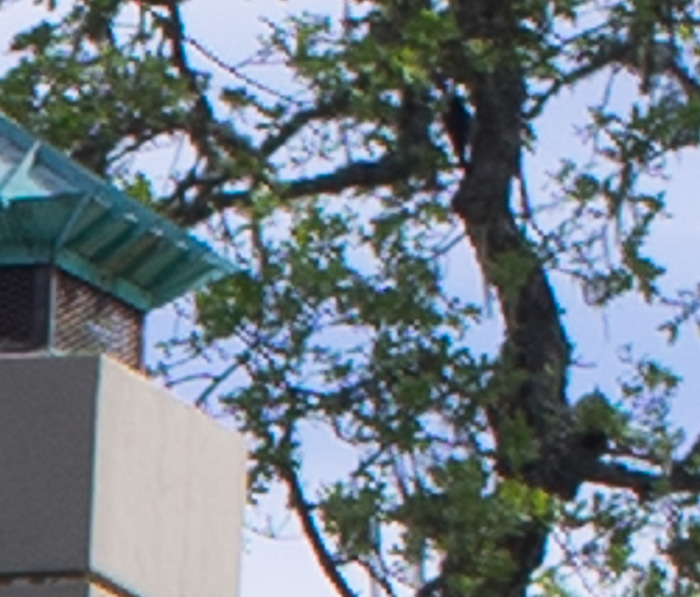This is a continuation of the real-world test of four 35mm lenses on the Sony alpha 7 Mark II:
- Sony/Zeiss (Zony) 35mm f/2.8
- Zeiss 35mm f/2 Biogon M-mount
- Zeiss 35mm f/2 DIstagon F-mount
- Nikon 35mm f/2 Nikkor-D
This post will look at the upper right at f/8.
I’m not going to show the center images for this f-stop, since they all look the same.
The upper right, at 2:1:




The Distagon has a lot of CA. The Biogon and the Nikkor has some. The most natural-looking image is the Zony.
Leave a Reply